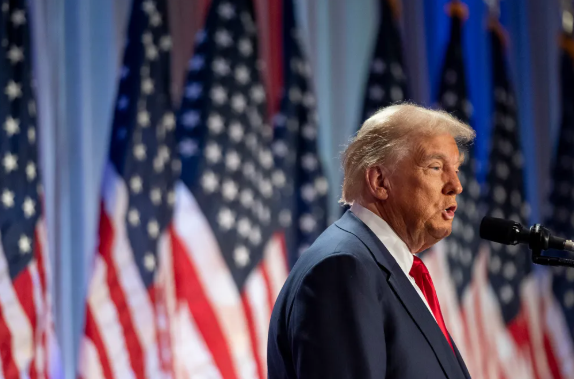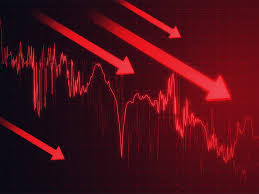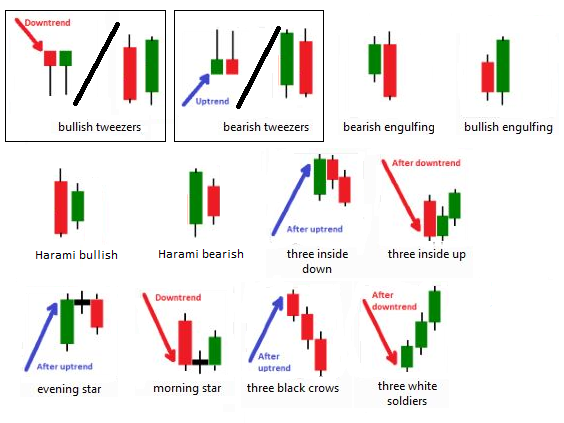• Temporary tantrum or deeper correction?
Going by what we know by end of trading at the PSX on Monday, 3 February 2025, Trump’s tariffs were neither just an empty threat/bargaining chip nor confined to target markets – China, Canada and Mexico – instead they have rattled equity, currency and commodity markets across the world, even in faraway Asia; which we take a look at in this blog.
The Nikkei 225 fell nearly 3pc in Tokyo, leading the regional selloff as major exporters, especially automakers like Toyota and Honda, suffered heavy losses. South Korea’s Kospi shed 2.5pc, dragged down by key technology stocks. Meanwhile, Hong Kong’s Hang Seng Index slipped over 1pc, with fears of further U.S.-China trade hostilities weighing on sentiment. Even Australia’s ASX 200 took a hit, down nearly 2pc, as commodities and mining stocks came under pressure.
Pakistan’s stock market was not spared either, with the KSE-100 index shedding 1510.72 points amid mounting investor anxiety. The market already halted its furious year-and-a-half long bull run in mid-December, entering a trading range along the 20-day EMA (exponential moving average) and leaving investors waiting for a resumption of the uptrend. Now, the combined impact of Trump’s tariffs, heightened political agitation scheduled for 8 February, and the European Union’s recent caution regarding Pakistan’s GSP Plus status has exacerbated economic uncertainty. Investors fear that potential disruptions to exports and political instability could further undermine market confidence.
Currency markets were equally jittery. The Japanese yen, traditionally a safe haven in times of global uncertainty, saw modest appreciation, while the South Korean won and the Indian rupee weakened significantly against the dollar. The Chinese yuan, already under pressure from broader economic concerns, continued its gradual slide, fueling speculation that Beijing may allow further depreciation to counterbalance the impact of trade restrictions.
This reaction should hardly come as a surprise. Trump’s tariffs, which include a 25pc levy on Mexican and Canadian imports and a 10pc tariff on Chinese goods, have reignited fears of a global trade war. The tariffs are set to take effect on Tuesday, leaving Asian manufacturers, supply chains, and investors little time to prepare.
What remains to be seen is whether this is a temporary market tantrum or the beginning of a deeper correction. Investors remember all too well the turbulence of Trump’s first trade war with China, which bruised global markets for months. If his latest move triggers retaliation from Beijing or further protectionist measures from Washington, Asian markets may be in for a prolonged period of volatility.
For now, traders are bracing for impact.
Disclaimer: This content is for educational and informational purposes only. It should not be considered financial or investment advice. Always do your own research or consult with a licensed financial professional before making any investment decisions.





